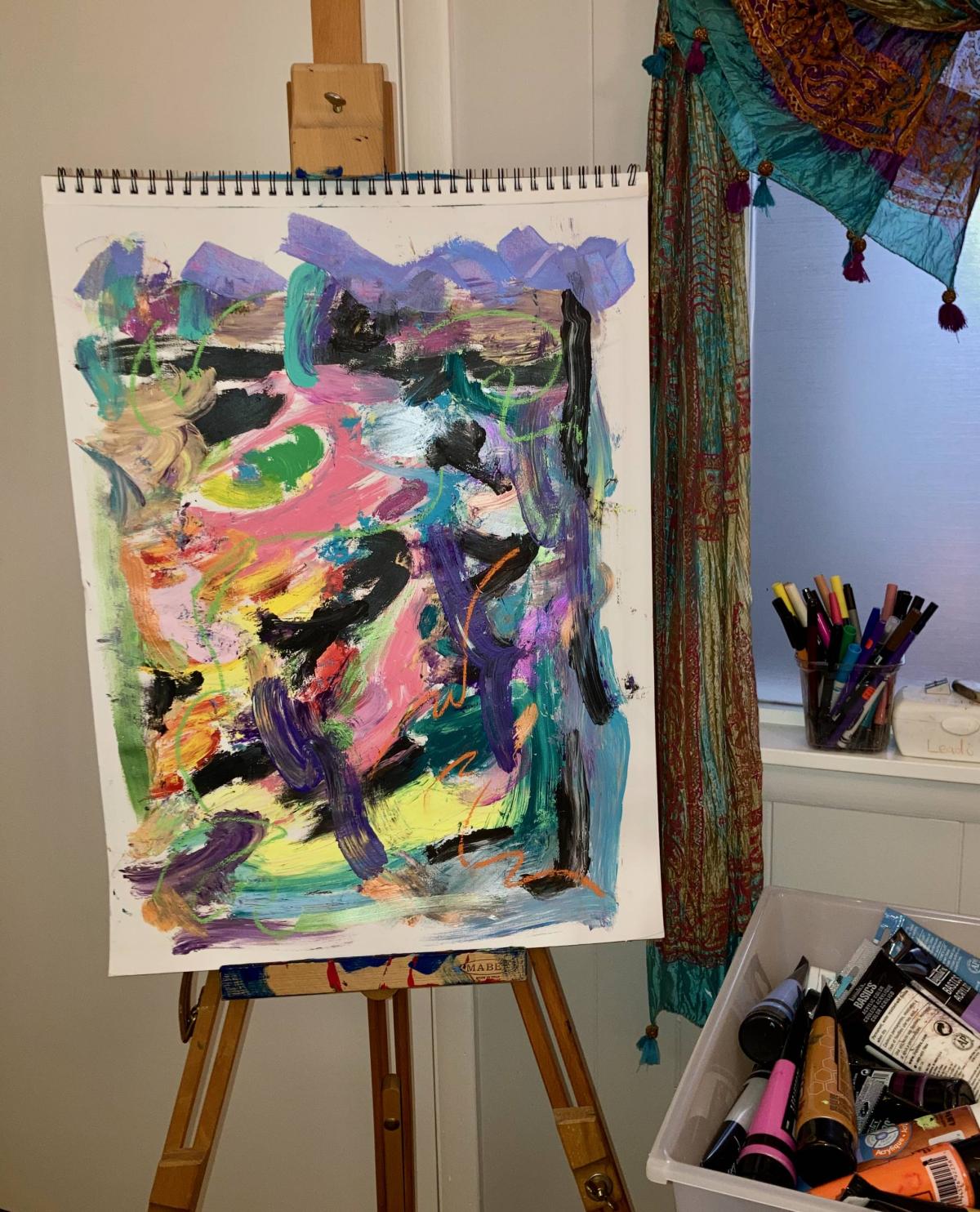Can Art Therapy Psychology Replace Traditional Talk Therapy? Experts Weigh In
Talk therapy has since remained the main pillar of mental health support, where people find guidance through emotional events, trauma, and life. Art therapy psychology has, in the past few years, gained a spotlight as an alternative therapy. It is less concerned with talking and more with showing the visual world, and this raises questions regarding the possibility of its displacement of traditional means. With mental health requirements becoming increasingly varied, both common citizens and professionals are seeing the potential of whether this method can transform contemporary treatment. Art therapy psychology remains a popular concept among youth and different cultures.
Traditional vs Creative Therapies: Understanding Paths to Emotional Healing
Discovering alternative therapy methods can make people and families decide on what suits them best emotionally. Both approaches offer distinctive healing instruments, so it is crucial to know how they can be used and what their limitations are.

Traditional Talk Therapy: A Foundation of Emotional Healing
During talk therapy, a professional engages the client in a conversation that enables them to identify their thought patterns, process emotions, and develop coping skills. Such treatment solutions as cognitive behavioral therapy and psychodynamic tools address a wide range of mental health issues.
Counselors help patients in discussions that involve the recreation of past and present difficulties. This is useful in developing the self as well as emotional strength. To most people, speaking out results in feelings of relief and acceptance, which are part of the long-term healing process. The positive outcomes of the talk therapy have been confirmed by decades of studies across various population groups.
Art Therapy Psychology: Unlocking Expression Without Words
The psychology of applying art therapy equips the participant with tools of creativity, such as painting, drawing, and sculpting, to explore their emotions. This strategy will be particularly helpful to individuals who struggle with communication. Through artistic means, clients can externalize their feelings and bring more concrete emotions to the surface.
Counselors who adopt this approach foster contemplation of art, enabling the development of insights that cannot be achieved through conversation alone. Studies have indicated that art therapy helps to relieve anxiety, enhance mood, and even facilitate recovery from traumatic experiences. The nonverbal nature of these sessions frequently empowers both children and adults.
Parent-Child Therapy: Strengthening Family Connections Creatively
The long-term mental health is determined by the emotional attachment of the children to their parents. Parent-child therapy concentrates on re-establishing the partnership of trust and enhancing communication in such relationships. One can expect creative activities in sessions where both parties are engaged in the shared process of healing.
The children are introduced to expressing feelings through therapeutic play or art projects, accompanied by their parents, who become emotionally responsive. This approach contributes to family bonding and creates conducive conditions for growth. Creative exercises make the sessions accessible to younger children who are less able to describe complicated feelings using their vocabulary.

Re-Parenting Therapy: Offering Compassion to the Inner Child
Childhood wounds that have not been addressed may come out later in adulthood in the form of relationship problems, anxiety, or low self-esteem. The re-parenting therapy gives coping techniques to the individual so that they can raise their inner child the way their parents did not.
Some of the methods employed include visualization, affirmations, and occasionally art-based activities that are symbolic of healing. Clients are taught to recognize and address critical inner voices, allowing them to learn to speak kindly to themselves. Through this process, creativity intensifies the emotional connection to past events. Healing with re-parenting therapy facilitates transformation as unmet needs from formative years are addressed.
Could Creative Therapies Replace Traditional Ones?
Professionals insist that creative therapies are not used to substitute the use of talk but as a supplement. Art therapy can be a good introduction to clients who are unable to start a conversation easily. Some people have better results by bringing the two together and coming up with deeper meanings and emotional revelations.
The success of both methods is subjective because of individual preferences and treatment objectives regarding the mental health issues being resolved. Although talk therapy is still a good option for many, the inclusion of creative modalities increases access opportunities to individuals adhering to different communication styles.
Accessibility and Practical Considerations
The availability of qualified art therapists, nevertheless, is poor when compared to traditional practitioners. Essential skills, according to many experts, need to be taught for effective parent-child therapy and re-parenting therapy. Not all communities may have a ready supply of such training.
Creative approaches are starting to appear in telehealth innovations, but quality should be their number one concern. With the increased awareness of alternative techniques, providers are increasingly embracing the art and talk techniques in blended practices.
Conclusion
The direction of healing may vary in every person, and there is no one-size-fits-all approach. Art therapy psychology is a step toward self-expression and emotional maturity, providing solutions to patients who may not have found them through traditional conversational methods. With the evolution of mental health care, the incorporation of creative methodologies might improve outcomes and make therapy an inclusive process for everyone.